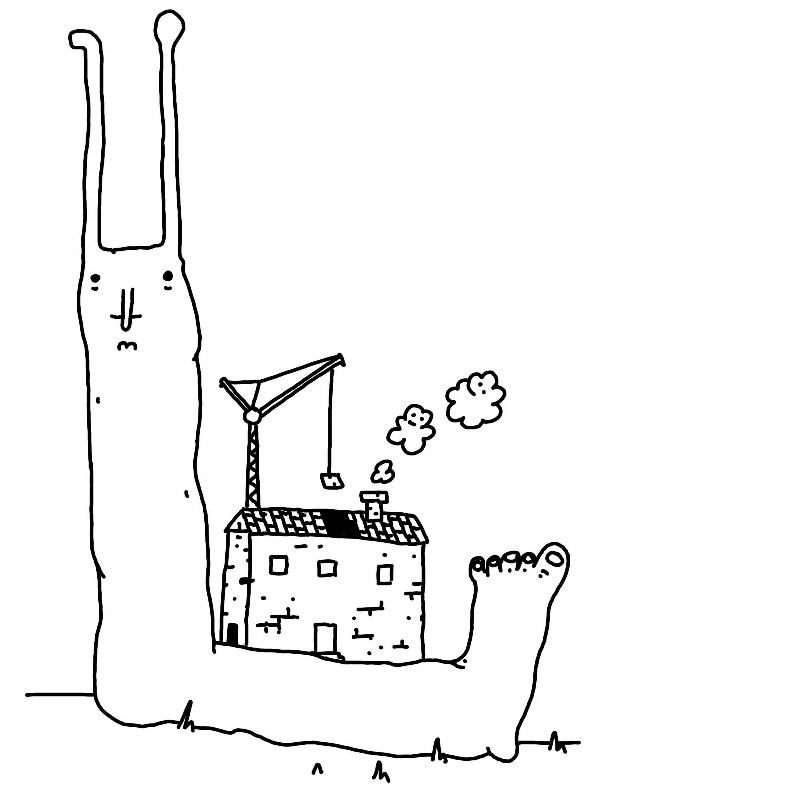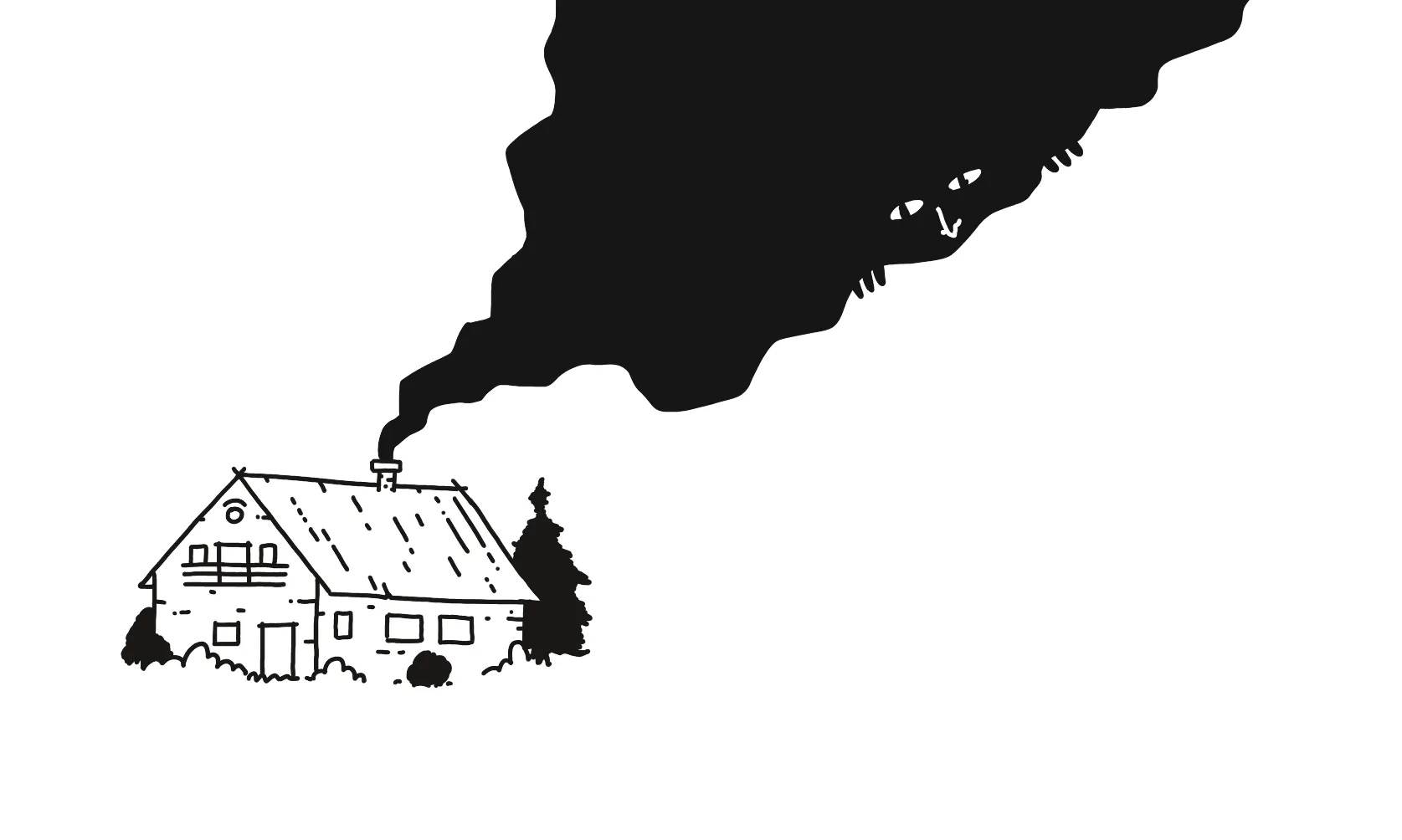Meta
This site is an iterative experiment, so let's put on the janitor hat:
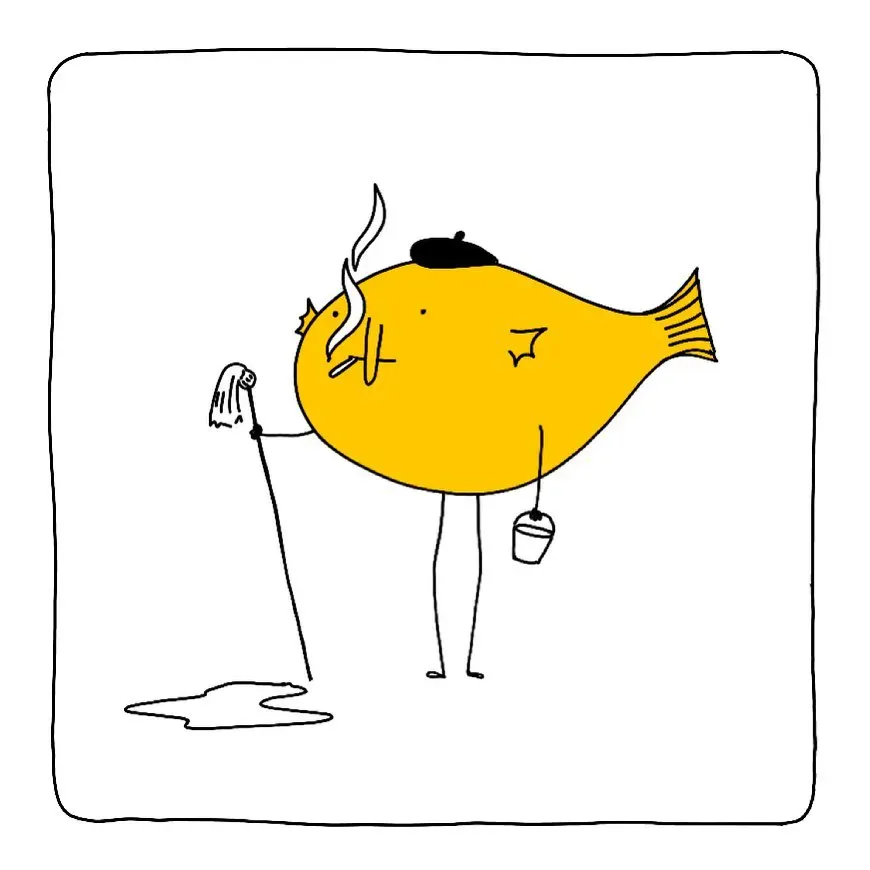
Writing here is fun, perhaps too fun as it's still taking much longer than I would like. I need to exercise self-control to stick to the schedule. Sit., (together), the quickest post to write this week took ca. 2 hours of work, and that's only because I already had a draft connected to a bunch of notes collected over the past few weeks. At the same time, yesterday's Stream of Consciousness Morning Notes took most of my Thursday. It was fun! But, I need to make it sustainable if I want continue working this way as well as continue paying the rent.
Obsidian Publish is good enough for the next few weeks (for my use case), but as soon as I have more time, I'll play with something leaner where I have more control over appearance and accessibility.
I'm working on several posts and demos related to this subject.
Next week:
In order of importance/deliverability:
- I will keep all of the notes under 500 words
- I will publish one follow-up on the existing notes
- I'd also like to spend more time with Sit., (together) and share a prototype, even if it's just a toy.
- Learn more about projects focused on improving mental health through nature and tech, like Gardens of Things.
- Make a new home for my mental-health related projects (Things to support my own well-being – a wishlist), here's a draft:
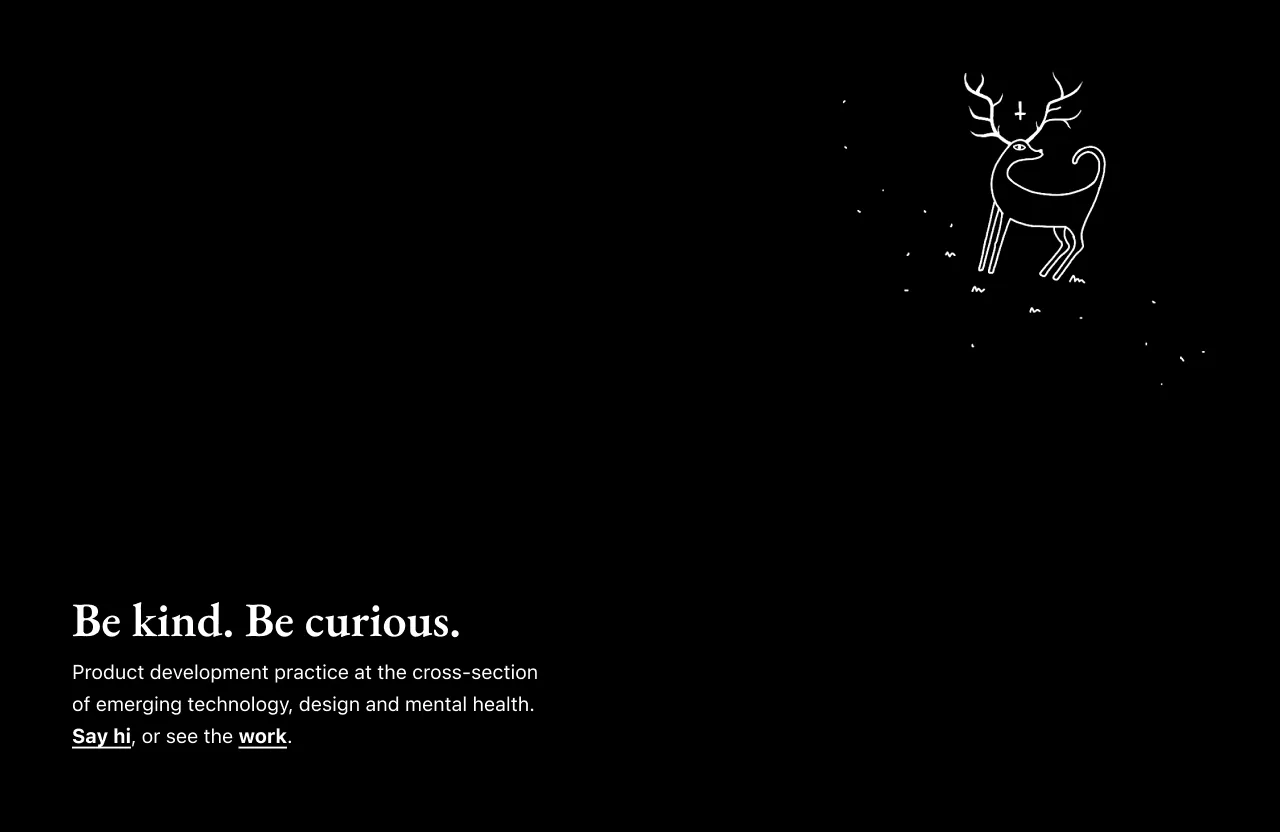
Favourite project
Fluid Responsive Design | Utopia – I'm a bit of a typography nerd, and this thing just saved me from spending 2 hours yak-shaving. In short, fluid responsive design allows you do create visual hierarchies in CSS without having to resort to breakpoints.
Favourite site
GrEg teChnOLOGY- a site made by one of the first people who contacted me via Say Hi. We bonded over our shared love of Roland Topor, but you should visit his site for beautifully weird experiments at the cross-section of product-dev, emerging tech and creative coding.
Be sure to check out his current work at the Recurse Center–a 12-week-long program focused on helping engineers work at the edge of their abilities, through tackling projects that spark joy and curiosity.
Favourite piece of tech
Penpot – a free and open-source alternative to Figma. First, it's not a toy: unless your job requires you to use Figma, I can't think of many reasons not to use this instead. I know successful design-heavy agencies using it for all of their work.
I ditched Adobe software after almost 20 years of use and never looked back. I did this only partially because of their predatory and illegal pricing practices and vendor lock-in. The main reason is that the alternatives are just so much better (Alternatives to Adobe).
One interesting feature of Penpot is that it uses open web standards under the hood (e.g. SVG, CSS), which means that things like autolayout or CSS units just work™, where Figma has to play catch-up and reinvent the wheel.
Interesting articles
How to see beauty – Few people can communicate ideas as concisely, precisely and poetically as Ralph Ammer. You'll see more of him in my updates in my future updates.
Notes from “Weathering Software Winter” by Devine Lu Linvega - Jim Nielsen’s Blog
– why "Tools Like Figma Not Only Own Your Data, They Own Your Skillset"
Getting Started with Large Language Models: Key Things to Know – contains a decent overview of Chain of thought (CoT) prompting and In-context learning (ICL) and Retrieval Augmented Generation (RAG). (You might want to skip the first part of the article.)
Context length was a big limitation in my previous LLM-based projects and this article provides some strategies I can apply without getting a Data Science PhD.
The Baked Data architectural pattern–get the best of two worlds when it comes to statically generated sites and databases, by bundling the copy of your DB alongside the code of your application.
I tried this approach (and failed miserably) when working on Lemonade: I wanted to have a read-only searchable database of Lemmy instances, without having to deal with setting up databases an infra.
Honestly, Simon Willison seems to be a one-man-StackOverflow for me at this stage. Check out his TILs and this twitter thread for more context.
Things I wrote last week that people liked
- Medieval Content Farm and Procedural Cheese –on embracing cheese in procedural art, taxidermy, and NSFW medieval poetry
- Sit., (together)–new project: a group
meditationdoing nothing app, plus some multiplayer demos exploring non-verbal communication through presence.
News
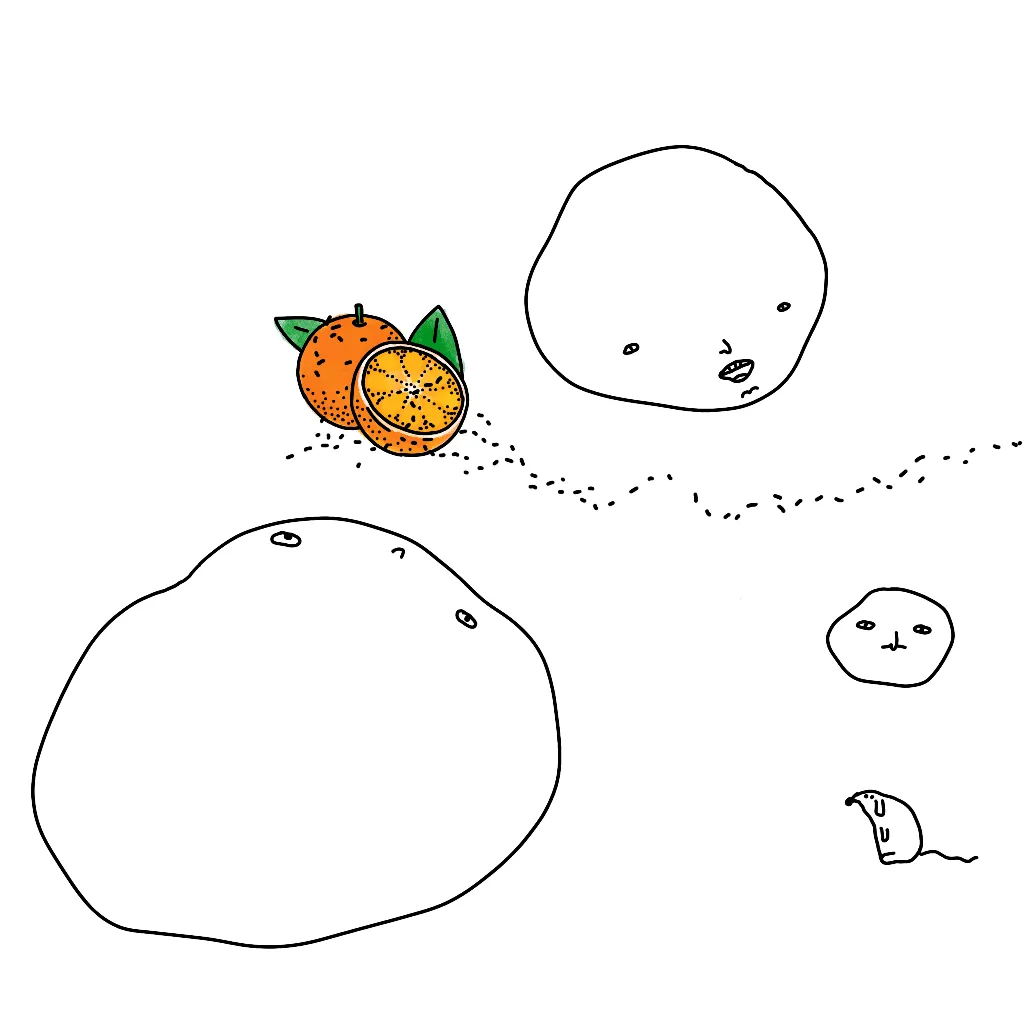
Starting this November, I'm available for consulting work! Got an idea worth building? Give me a shout!
You can find the list of services I offer on my new and shiny Consulting Page
P.S. I offer (very generous) discounts for businesses focused on social good.
Thanks for reading! See you on Monday!
 Did you enjoy reading this article? Consider
Did you enjoy reading this article? Consider 